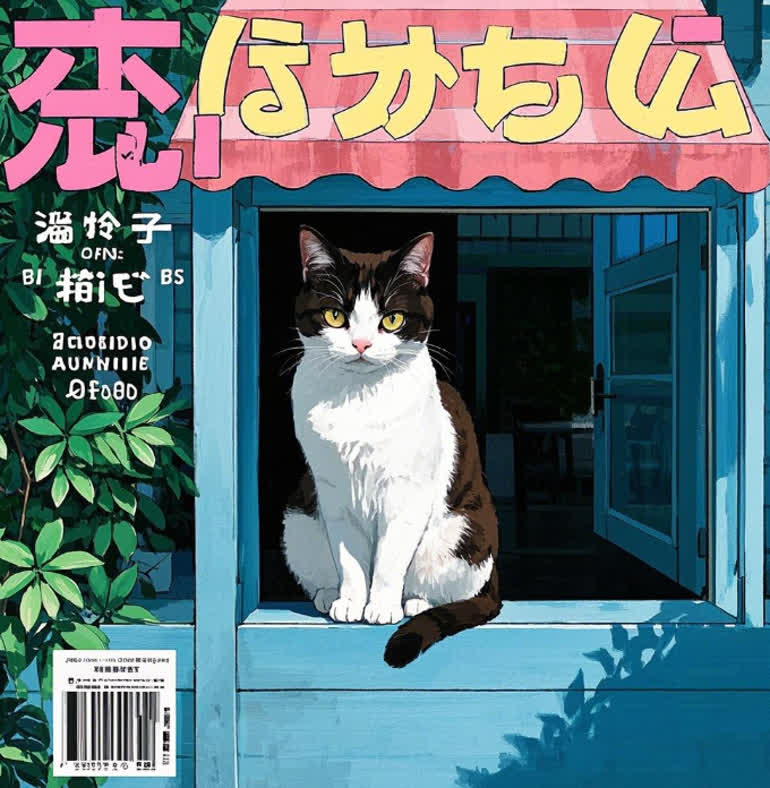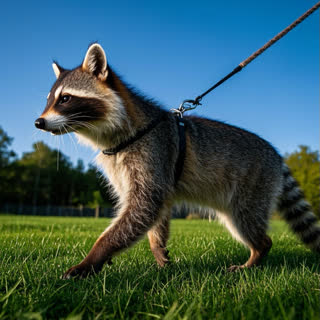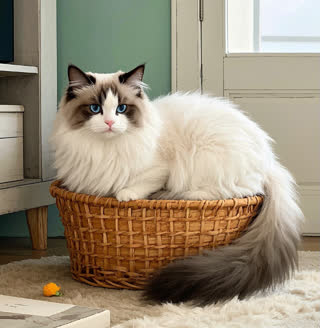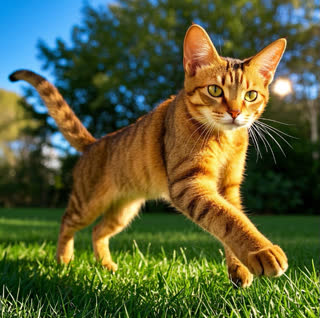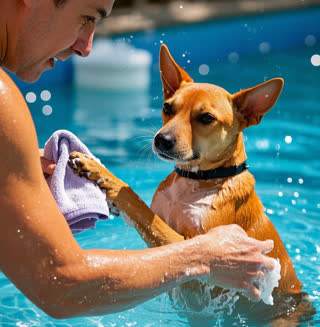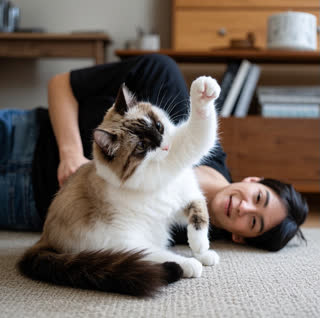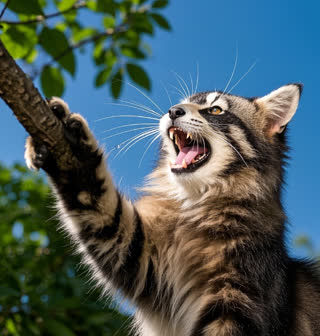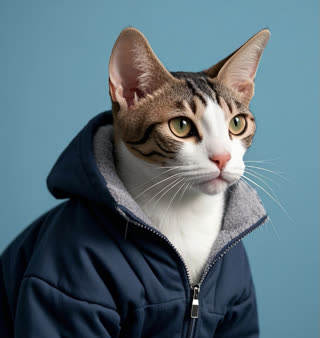Crafting engaging cat stories requires more than just adorable anecdotes. Even experienced writers make avoidable mistakes that harm SEO performance and reader engagement. In this comprehensive guide, we’ll analyze the top 7 cat story blunders and provide proven solutions to transform your content into viral hits. Whether you’re blogging, self-publishing, or sharing on social media, these strategies will help your cat stories stand out.
Why Cat Story Mistakes Hurt Your SEO
Cat content dominates online platforms—just look at these stats:
65% of viral pet videos feature cats (Animals Media Group, 2024)
Blogs with cat stories earn 30% higher traffic than general pet blogs (Ahrefs)
Google receives 12,000 monthly searches for "cat story ideas"
But poor execution can tank your rankings. Common errors like keyword stuffing or lack of structure send negative signals to search engines. Let’s dive into the fixes.
Problem: Even great stories won’t rank without proper optimization.
Symptoms:
Pro Solution:
Keyword Research: Use tools like Ahrefs to target low-competition terms:
"funny cat stories" (18k monthly searches)
"short cat stories for kids" (9k)
"heartwarming cat rescue stories" (12k)
On-Page SEO:
Image Optimization: Add alt text like "calico cat sleeping – common cat story mistakes"
Problem: Generic phrases like "my cat is my soulmate" bore readers.
Symptoms:
Low shares and comments
High exit rates
Pro Solution:
Unique Angles: Focus on your cat’s quirks:
"How Mr. Whiskers’ obsession with cucumber memes saved my marriage"
"Rescued from a hoarder, this deaf cat taught me sign language"
Specific Details: Replace vague descriptions with sensory language:
Problem: Disorganized stories confuse readers and search engines.
Symptoms:
Pro Solution:
Use the 3-Act Structure for Cat Tales:
Setup: Introduce the cat’s unique trait or daily routine
Conflict: Present a challenge
Resolution: How the cat overcomes it
Problem: Forcing human emotions onto cats feels unnatural.
Symptoms:
Pro Solution:
Subtle Personification: Use feline-appropriate language:
Behavioral Cues: Show emotions through actions:
Problem: Text-only stories underperform on modern platforms.
Symptoms:
Low social shares
Poor mobile engagement
Pro Solution:
Image Strategy:
Video Integration:
Problem: Writing for yourself instead of solving readers’ needs.
Symptoms:
Pro Solution:
Content Mapping: Align stories with search intent:
Informational: "How to Write a Cat Story for Beginners"
Transactional: "Best Cat Story Writing Software"
Navigational: "Cat Story Submissions to Animal Planet"
FAQ Section: Answer common questions like:
Problem: Great stories won’t spread on their own.
Symptoms:
Pro Solution:
Social Media Hacks:
Collaborations:
SEO: Targeted keywords like "grumpy cat story" and "funny cat memes"
Structure: Focused on unique traits (resting grumpy face, hatred of holidays)
Promotion: Leveraged partnerships with brands like Friskies
(Result: 15 million Instagram followers and a $100 million empire)
Schema Markup: Add "Article" schema for rich snippets in search results
Internal Linking: Connect stories to related content like "Best Cat Breeds for Lap Cats"
Voice Search Optimization: Answer questions like "What’s the best way to write a cat story?"
Q: Do I need permission to write about someone else’s cat?
A: Yes—always ask owners for permission and provide photo credits.
Q: How often should I post cat stories?
A: 2-3 times weekly for blogs, daily for social media.
Q: Can I monetize cat stories without a large audience?
A: Yes! Use affiliate marketing (e.g., pet products) or Patreon for early supporters.
Conclusion
Avoiding these 7 cat story mistakes will help your content rank higher, engage readers, and build a loyal audience. By focusing on SEO, unique storytelling, and strategic promotion, you’ll transform your cat’s antics into viral sensations. Remember—every cat has a story worth telling. Start crafting yours today!
